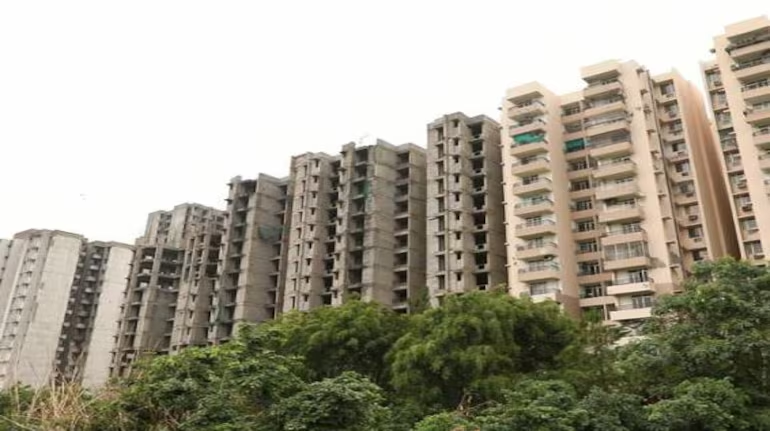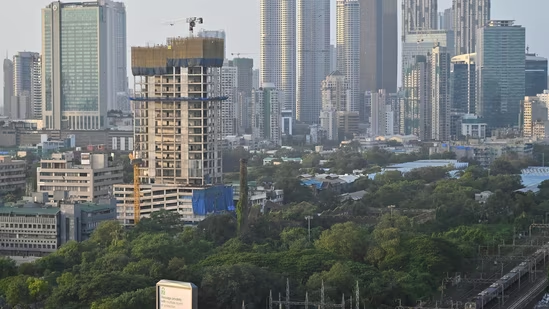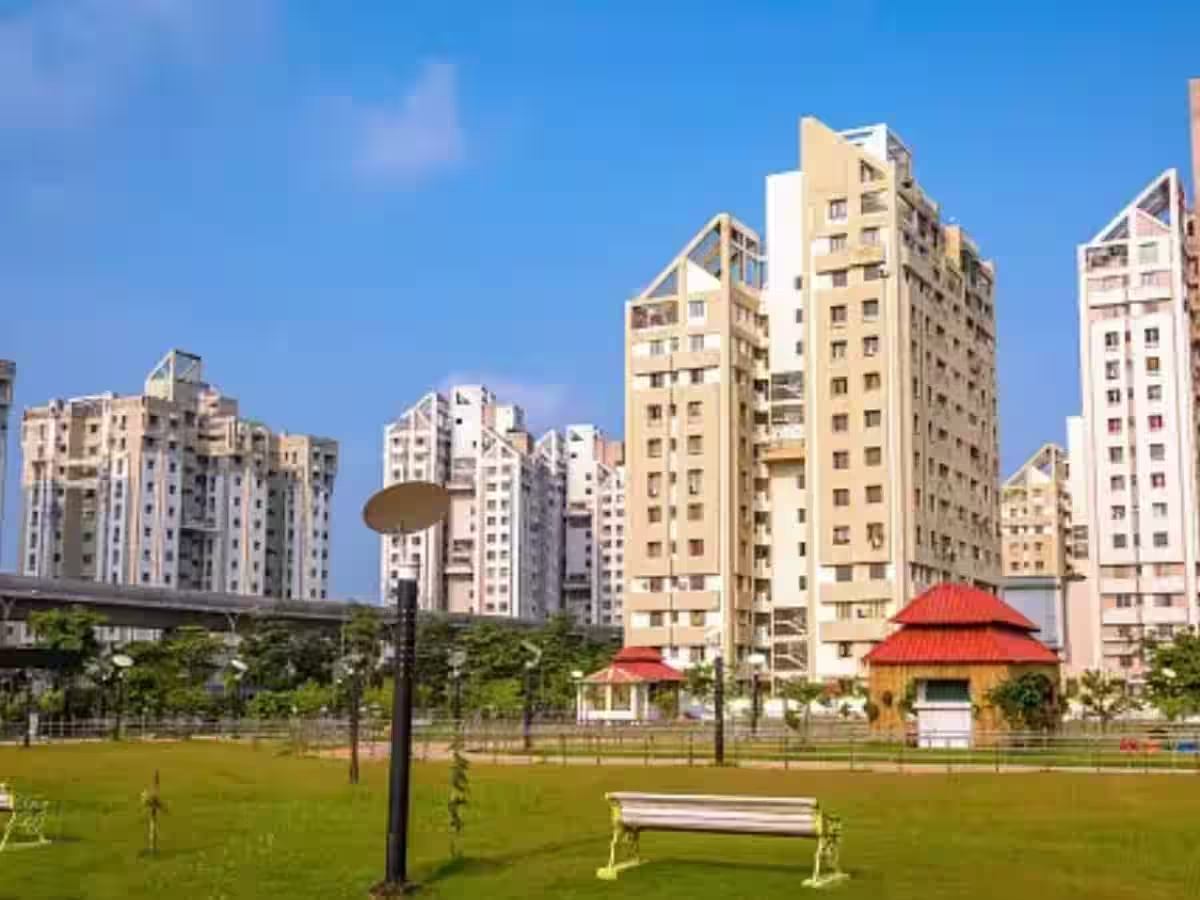News
Real Estate’s Expectations from Union Budget 2016-17




Provide clarity on beneficiaries under Pradhan Mantri Awas Yojana
The government recently announced that interest rates of 3% would be applicable on loans of up to Rs. 12 lakh and 4% on loans of up to Rs 9 lakh, under the Pradhan Mantri Awas Yojana (PMAY). Now, two new income categories can avail higher loans with interest subsidies. The Budget should give more clarity on the actual definition of beneficiaries who can avail of these benefits.
For example – would young urban professionals hoping to buy their own apartments but not belonging to either the EWS (Economically Weaker Section) or the LIG (Low Income Group) segments be allowed similar subventions? Also, affordable housing is largely available in the fringe areas of metros and tier-II, III cities. Would certain redevelopment projects within metros meeting the affordable housing definition be granted similar benefits?
- Provide income tax incentives for first-time home buyers
Can a first-time home buyer looking at an affordable project get additional income tax incentives for at least five years? The Budget should throw more light on this. Any efforts in this direction would help the government move closer to its objective of delivering ‘Housing for All by 2022’.
Also, given the lack of institutionalized rental housing in Indian cities, such a move could spur many fence-sitters into moving out from their rented apartments to owned homes. It could also encourage more developers to come up with products suiting these segments.
- Provide higher tax saving on housing loan and house insurance premiums
The government should increase the tax deduction limit for housing loans, especially for buyers in metropolitan cities. The current limit of Rs. 2 lakh is insignificant, given the ticket sizes in cities like Mumbai where most houses are priced at Rs. 1 crore and above. Also, tax concessions on house insurance premiums could be introduced to encourage end-users to insure their homes. Similarly, the tax exemption limit should be increased by about Rs. 1 lakh and be auto-set to match inflationary trends in a financial year.
- Provide clarity on GST
While the goods and services tax (GST) tax structure has been announced, the real estate industry is waiting with bated breath to see which tax rate is applied to the real estate and construction industry. Clarification would also be needed on the abatement scheme, and whether credit for input tax would be allowed if the composition scheme has been availed by developers.
- Ease tax reporting and tax slabs
The government, with it mantra of maximum governance, should look at easing the tax reporting structures in the upcoming Budget. Also, the benefits of demonetization exercise should be passed on to the common man in the form of easing of tax slabs and offering some higher degree of rebate. With the earlier stated intention of reducing corporate tax as well, the idea is to widen the tax net while simultaneously reducing actual tax incidence.
- Raise house rent deduction limit
Salaried persons get house rent allowance (HRA) as a component of their total salary, and can therefore claim a deduction. This deduction can be substantial in cases where the salary and its HRA component are higher. However, self-employed persons and those who draw lump sum pays without an HRA component can only claim a maximum deduction of Rs 2,000 a month under Section 80GG. The Budget can and should address this anomaly.
-



 Interviews4 weeks ago
Interviews4 weeks agoHigh Rental Yield, Price Appreciation, Stable Growth, Make Sydney an Ideal Realty Investment Option: Haansal Estate
-



 News3 weeks ago
News3 weeks agoKW Delhi 6 Mall Onboards New Brands
-



 News3 weeks ago
News3 weeks agoManasum Senior Living Launches IKIGAI GOA, A Senior Living Community in North Goa, in collaboration with Prescon Homes
-



 News2 weeks ago
News2 weeks agoGodrej Properties Sells Rs 3k cr+ Homes of Godrej Zenith, Gurugram, within 3 days
-



 News3 weeks ago
News3 weeks agoBridging India Divide: Top 5 Tier- 2 Cities to Focus On
-



 News3 weeks ago
News3 weeks agoCommercial Realty Gets Tech Savvy: Fast Construction, Enhanced Convenience
-



 News3 weeks ago
News3 weeks agoMultipoint Connection – A Definite Boon
-





 News2 weeks ago
News2 weeks agoRBI’s Status Quo on Key Policy Rates to Help Maintain the Real Estate Growth Momentum, Say Industry Stalwarts
























